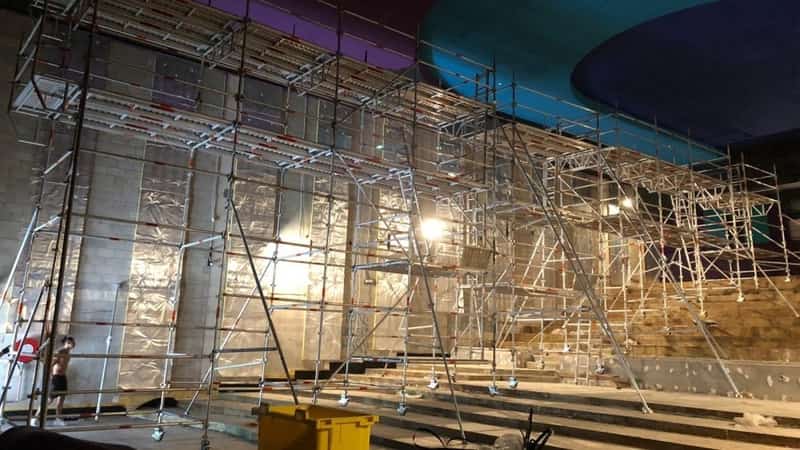When working on the exterior area of a building, workers usually have a platform to walk on with ease. The platform is important for extensive jobs like painting a large exterior wall. A ladder isn’t ideal for this job because there may still be areas that are impossible to reach. They’ll have to constantly move the ladder, which will consume a lot of time and energy.
An efficient platform that construction personnel use for that type of job is a scaffolding. Before calling companies to set it up, you need to know the different types of scaffolds. You might end up renting one that won’t be right for the job, making you waste time and money.
Why The Need for Different Variations?
The reason for the various types of scaffolding is the different uses of it. Sometimes, a tall scaffolding might not work on a medium-sized house, so companies built several variations to accommodate specific jobs and uses. These are the different types of scaffolding:
- Single Scaffold Platform – Workers use a single scaffolding mostly for brick masonry. It consists of ledgers, standards, putlogs, etc. parallel to the wall at about 1.2 metres. The distance between the standards is roughly about 2 to 2.5 metres. Putlogs are usually placed at an interim of 1.2 to 1.5 metres, while the ledgers have a vertical interval with the same metres as the putlogs.
- Double Scaffold Platform – This type of scaffolding is used for stone masonry, and also called mason’s scaffolding. Workers have difficulty making holes in the stone wall to support putlogs. Constructing two rows of scaffolding makes the entire structure stronger. The first row has a 20 to 30-centimetre distance from the wall, and the second is 1 metre away from the first row.
- Suspended Scaffold Platform – As the name suggests, workers are suspended from roofs with only the help of chains or wire ropes. The advantage of suspended scaffolding is the capability for workers to lower or raise it.
- Cantilever Scaffold Platform – The standards of this scaffolding are supported on a series of needles, and the needles are taken out through the wall in holes. This is known as a single frame type scaffolding. There is also double frame type scaffolding where the needles are strutted inside the floors and through the openings.
- Steel Scaffold Platform – Usually, workers would choose aluminium scaffolding because it’s lighter and economical. But for some, they prefer a steel scaffolding fixed together by steel fittings or couplers. The plus side of using steel is that it has greater durability, greater strength, and better fire-resistance.
- Patented Scaffold Platform – This type of scaffolding is also made of steel but has special frames and couplings. These are usually readymade for clients to buy in the market. The working platform is arranged on brackets for workers to adjust and reach a certain height.
Choose the Right One for the Job
The type of scaffold platform will depend on the building and where the work will be situated. If it’s a building with multiple floors, the suspended scaffold platform is the best option instead of the patented scaffold platform. There are scaffolders, engineers, and scaffold designers who can give helpful advice when choosing the right type of scaffold platform.
Knowing the different scaffold platforms can help with looking for the right type swiftly. When doing maintenance work done on your homes and establishments, choosing the right platform won’t be confusing any longer.


